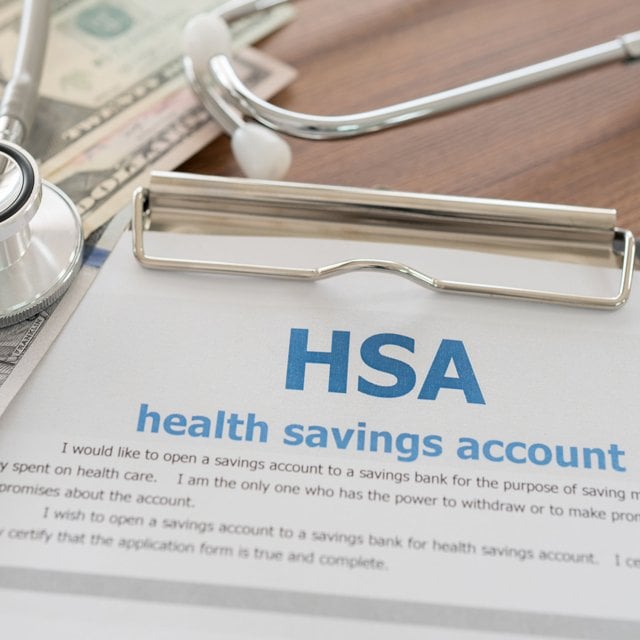Falcon
NOT FOR REPRINT
10 Best & Worst HSAs for Investing: 2023
Slideshow October 26, 2023 at 04:43 PM
Share & Print
Morningstar's annual landscape study of health savings accounts, released Thursday, evaluates the offerings of 10 HSA providers both as investment accounts for future medical expenses and as spending accounts to pay for current medical costs. Morningstar noted that HSAs have grown at a furious pace in recent years. Total assets rose by a factor of 21 from 2006 through mid-2023, to some $116 billion. It said the growth has been driven by the increasing use of high-deductible health insurance plans, the only place in which participants can use HSAs, coupled with the accounts' strong tax benefits. Overall, the study found HSA features have improved over the past year; several plans have cut fees and offer higher quality investment menus. But the industry still falls short on several issues such as transparency, ease of use and costs. "Despite market volatility over the past year, investors in HSAs showed resiliency and continued to put money into their accounts," Greg Carlson, lead author of the study and senior manager research analyst, said in a statement. "Assets have climbed since our study last year as HSA offerings continue to improve — a reflection of the industry maturing. Even so, there are several ways for HSA providers to progress." According to the study, the 10 providers' investment menus continue to improve. Ninety-six percent of the mutual funds and ETFs they offer earn a Morningstar Medalist Rating of Bronze or better, up from 88% last year. Although HSAs offer more substantial tax benefits than 401(k)s, IRAs, and 529 plans, the study showed that most participants are not taking advantage. According to Morningstar surveys, a median 18% of participants are using their HSA as an investment account. This year's landscape study added Saturna, an asset manager that recently introduced its first retail HSA offering. In 2022, UMB, another provider, bought HSA Authority, which had regularly appeared in previous years' reports. Morningstar used the following criteria in evaluating the 10 providers' offerings as investment accounts:
- Price: Total cost for the investor, including maintenance, investment and underlying fund fees, 40% weight
- Quality of investments: Forward-looking assessment of how funds in the investment menu will perform, 20% weight
- Investment threshold: Amount of money investor must keep in spending account prior to putting dollars toward investments, 20% weight
- Menu design: Asset classes available to investors through the investment menu, 20% weight
- High: ≥ 4.5
- Above average: 3.5 to < 4.5
- Average: 2.5 to < 3.5
- Below average: 1.5 to < 2.5
- Low: < 1.5
- Offer investment strategies in all core asset classes while limiting overlap
- Provide strong investment strategies that earn Morningstar Medals
- Charge low fees for active and passive strategies
- Do not require investors to keep money in spending accounts before investing
NOT FOR REPRINT
© Touchpoint Markets, All Rights Reserved. Request academic re-use from www.copyright.com. All other uses, submit a request to [email protected]. For more inforrmation visit Asset & Logo Licensing.
Featured Resources
View All
Sponsored by Axos Advisor Services
Integrated Banking Solutions: How To Enhance Client Services and Grow Your Business

Sponsored by Optifino
Three Macro Trends Impacting Long-Term Care: Trends, Solutions & Client Conversations

Sponsored by Vanilla
The Missing Piece: Why Advisors Who Skip Estate Planning are Failing Their Clients







